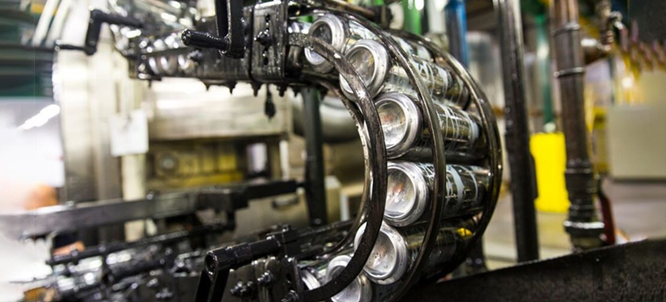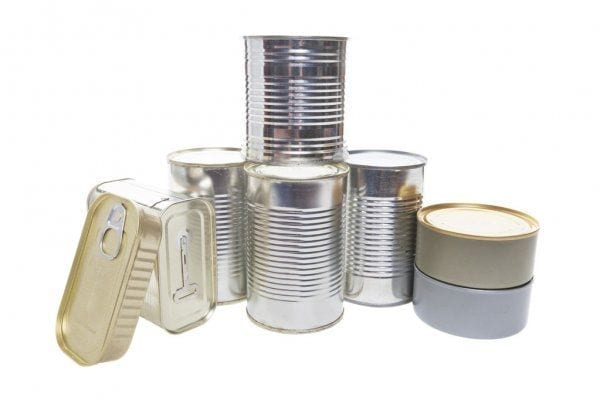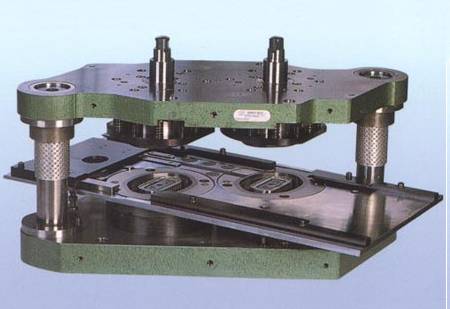Introduction
The process of decorating aluminum cans is essential to offer an attractive and quality product to consumers. However, sometimes defects may arise in the decoration process, affecting the quality and appearance of the final product. In this article, we will analyze common defects in aluminum can decorators, their causes, effects and possible solutions to avoid them.
- Printing defects
a) Color misalignment: This defect occurs when the colors of the print do not align correctly, resulting in a distorted or blurred image on the can.
Causes: Misalignment can be caused by incorrect adjustment of the printing presses, error in color registration, or lack of maintenance on the equipment.
Solutions: Making accurate adjustments to printing presses, maintaining proper color registration and performing preventive maintenance on equipment can help prevent this defect.
b) Ink spots: Ink spots are irregular areas of color on the surface of the can.
Causes: They can be caused by poor ink distribution, incorrect ink viscosity or improper cleaning of the print rollers.
Solutions: Ensuring proper ink distribution, adjusting the ink viscosity to the manufacturer’s specifications and regularly cleaning the print rollers can prevent this defect.
- Varnishing defects
a) Incomplete or irregular varnishing: This defect occurs when the varnish is not applied uniformly or does not completely cover the surface of the can.
Causes: May be caused by incorrect application of varnish, insufficient amount of varnish or a problem in the curing oven.
Solutions: Ensuring proper application of the varnish, using the correct amount of varnish and checking the operation of the curing oven can prevent this defect.
b) Bubbles or wrinkles in the varnish: These defects appear as small bubbles or wrinkles on the surface of the varnish.
Causes: They can be caused by excessive application of varnish, incorrect temperature in the curing oven or poor adhesion of the varnish to the can surface.
Solutions: Applying the varnish in the proper amount, adjusting the temperature of the curing oven to the manufacturer’s specifications and improving the adhesion of the varnish to the can surface can prevent these defects.
Conclusion
Defects in aluminum can decorators can affect the quality and appearance of the final product. Identifying the causes of these defects and applying appropriate solutions is essential to ensure a high quality product and meet consumer expectations. Maintaining good maintenance and quality control in the decoration process is critical to avoid these problems and ensure success in the aluminum packaging industry.














